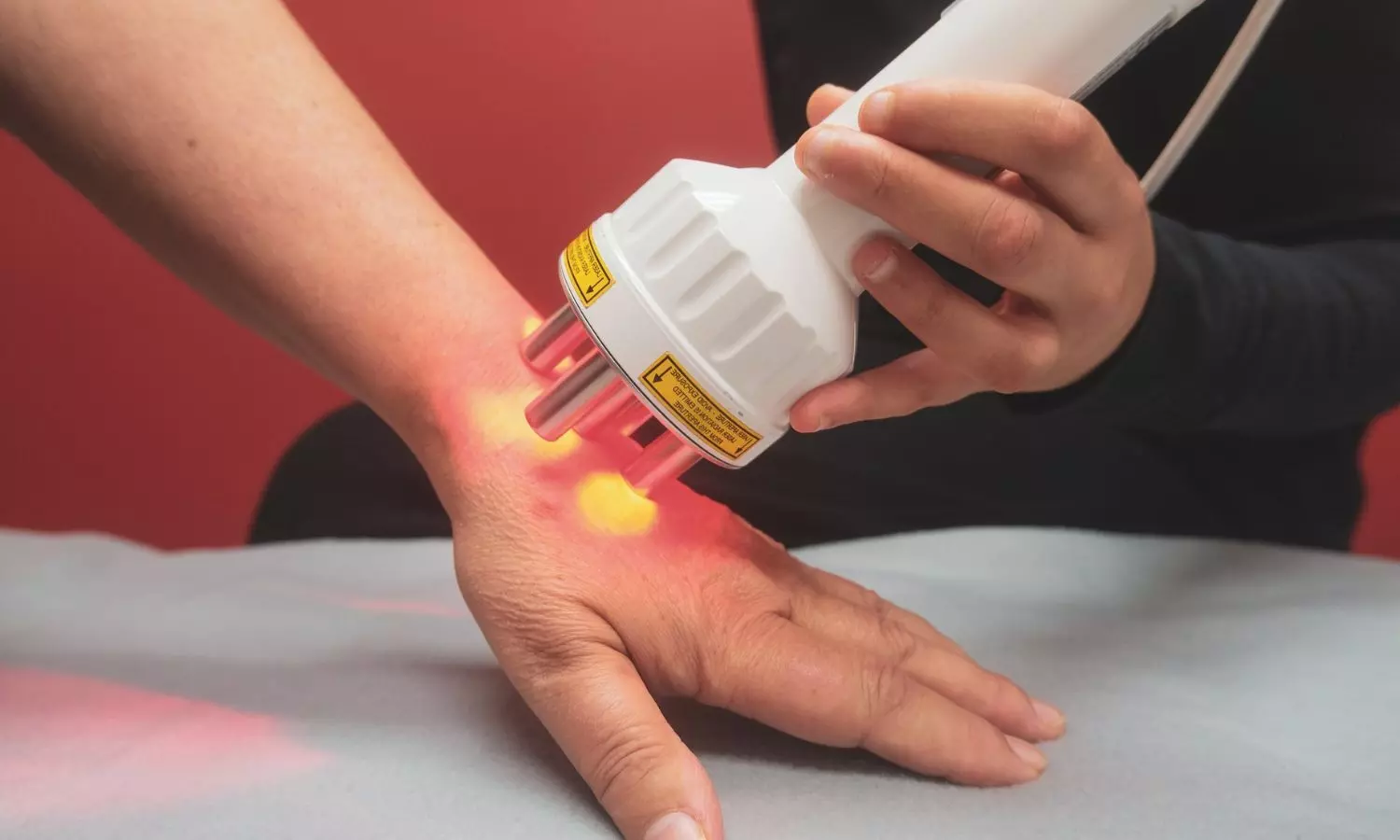Photobiomodulation offers safe and effective treatment for variety of skin conditions, says new research

USA: A recent medical education article published in the Journal of the American Academy of Dermatology reviews the various clinical applications of photobiomodulation (PBM) in dermatology. It details the recommended treatment regimen and evidence for PBM use in each of these conditions.
The researchers found that photobiomodulation is a safe and noninvasive treatment option for several conditions in dermatology. However, they stress that further research is needed to standardize PBM parameters.
The article stated, “The dermatologic conditions that can be treated with PBM include those secondary to cancer therapies (mucositis, acute radiation dermatitis, and lymphedema), ulcers, alopecia, acne, herpes simplex virus infection, skin rejuvenation, scars, and wounds.”
Photobiomodulation is an emerging treatment modality in dermatology with increasing home-based and office use. PBM is the use of various light sources in the red light (620-700 nm) and near-infrared (700-1440 nm) spectrum as a form of light therapy. It is often administered through light-emitting diodes or low-level lasers.
Studies show the effectiveness of PBM in treating conditions secondary to cancer therapies, ulcers, alopecia, acne, herpes simplex virus, skin rejuvenation, scars, and wounds.
“PBM offers patients many benefits compared to other treatments. It is cost-effective, noninvasive, convenient for patients, and offers a favorable safety profile,” reported Jared Jagdeo, Department of Dermatology, State University of New York, Downstate Health Sciences University, Brooklyn, New York, and colleagues.
According to Dr. Jagdeo and the team, PBM can be used as an alternative or adjuvant to other treatment modalities, including pharmacotherapy. They state that it is important for dermatologists to gain a better clinical understanding of PBM for in-office administration and to counsel patients on proper application for home-use devices to best manage safety and expectations as this technology develops.
PBM wavelengths can induce varied biological effects in diverse skin types, ethnicities, and races; therefore the researchers stress that it is also important for dermatologists to properly counsel their skin of color patients who undergo PBM treatments.
In conclusion, PBM may offer safe and effective treatment for several skin conditions, and parameters should be tailored to patients’ specific needs and disease severity.
PBM offers many benefits, including safety, minimal invasiveness, convenience, affordability, and accessibility.
“Future clinical trials are necessary to produce standardized recommendations across conditions and skin types,” the researchers wrote.
Reference:
Mineroff, J., Maghfour, J., Ozog, D. M., Lim, H. W., Kohli, I., & Jagdeo, J. (2024). Photobiomodulation CME part II: Clinical applications in dermatology. Journal of the American Academy of Dermatology. https://doi.org/10.1016/j.jaad.2023.10.074
